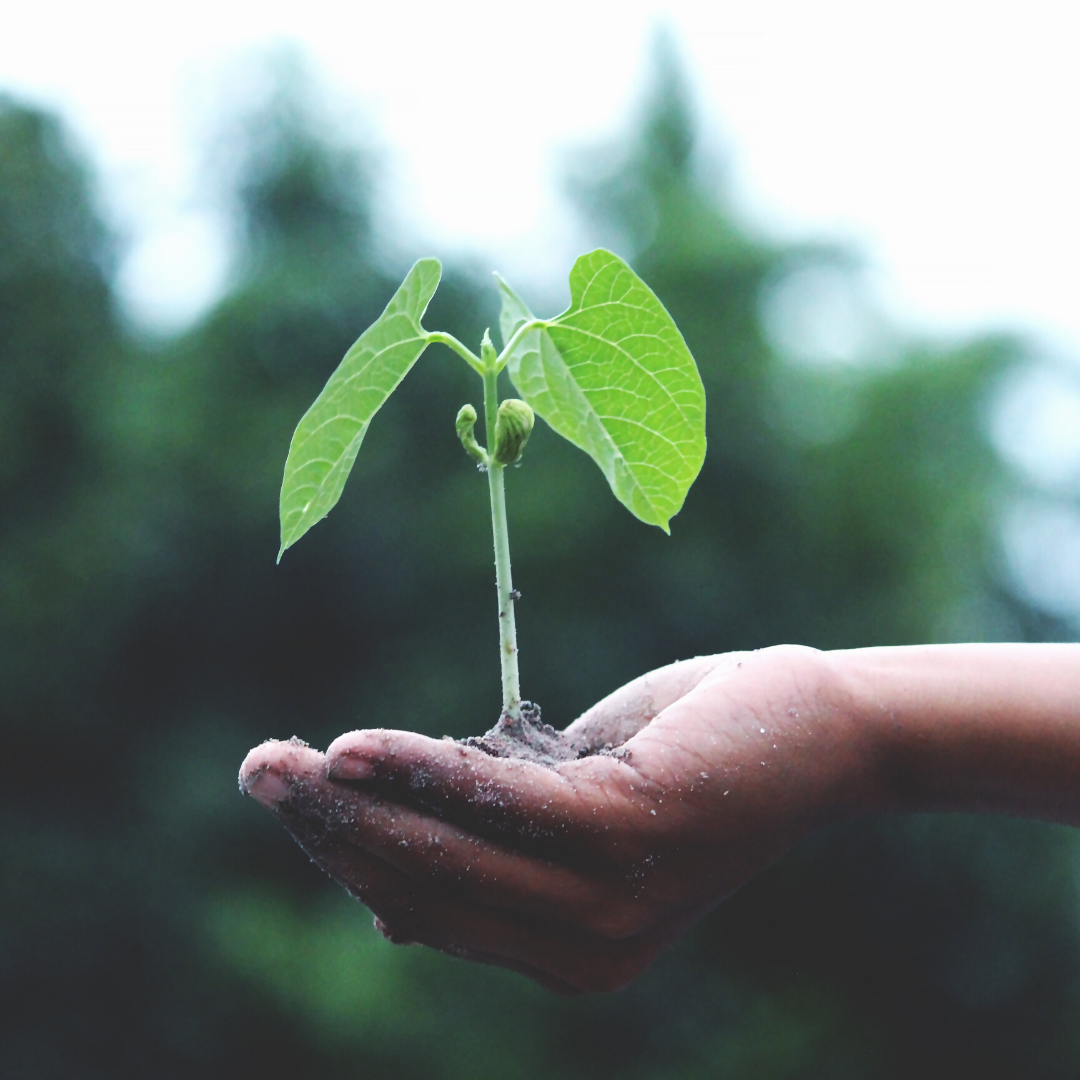Bees are our friends! Learn where honey comes from, and create a pretend “beehive” with “honey combs” using bubble wrap, old scrap paper, cardboard boxes, or any other paper product.
What you’ll need:
bubble wrap
yellow paint
scrap paper, wood, cardboard boxes, or any paper product
Honey Comb Art:
Read the Betsy the Beet Children’s book and look at the pictures in the gallery above. Talk about honey. What is honey? Where does it come from? How is honey made? What do we do with honey? (See notes below).
Cut the bubble wrap into different sizes and shapes (long strips, triangles, hexagons, circles, squares, etc.). See example in the picture gallery above.
Using paint brushes or sponges, dab yellow paint onto the bubble wrap, and help the children press the painted bubble wrap onto the shipping box, cardboard, or any paper or materials you have on hand.
Use the “beehive” for dramatic play or as a special place to store any bee projects or activities. Note: bubble wrap can be rinsed and reused for other projects.
BONUS: Draw and make your own version of the bee’s honey making cycle! Peek at the photo (below, right) for an example!
How is honey made?
The flower that a honey bee visits must contain nectar. Nectar is like sugar water, and this is what bees like to eat. They suck it up using their tongue which is hollow like a straw–it’s real name is a proboscis.
Inside the bee’s tummy it’s body changes the sugar part of nectar into different kinds of sugar (glucose and fructose). Some of the glucose then gets turned into an acid.
The bee then moves the watery honey mixture from its tummy, to it’s mouth, then into the honeycombs in the hive.
The mixture is too runny, so the bees make it thicker by fanning the mix with their wings. The mixture is thick, and called honey! The sound from their wings flapping is the BUZZZZ sound you hear from bees.
Bee Fun Facts:
Honey bees are great dancers! To share information about where they can find food and flowers with nectar, bees perform a ‘waggle dance’. When a worker bee flies back to the hive, it dances in a special way, and waggles its body to show other bees where to go to find food.
A queen bee can live up to five years. She is busy in the summer, when she can lay up to 2,500 eggs a day!
Without bees, we wouldn't have many kinds of beautiful flowers, or many of our favorite foods like apples, almonds, chocolate, blueberries, cherries, avocados, cucumbers, pumpkins, squash, oranges, and grapefruit.
Bees need our help. Bees have been disappearing, due to pollution, or their homes or food sources (flowers) being destroyed. We can help by planting flowers and plants that bees can visit and drink nectar from.
Bees have 5 eyes and 6 legs. Honey bees live in large groups called colonies. An average beehive can hold 50,000 bees.
Bees can have many different jobs. Worker bees are females. They do all the different jobs needed to keep the hive working, such as caring for the baby bees, making honey, keeping the hive clean and getting nectar and pollen from flowers. Male bees don’t gather nectar and pollen, and do not carry stingers.
A honey bee visits 50-100 flowers during each trip out of the hive. Honey bees don't sleep! They only stay very still during the night to save energy for the next day.
Bees have 2 stomachs – one for eating, and one for storing nectar.
Beekeepers wear a special white outfit as bees don’t like dark colors, and to protect their bodies from stings. They use special smoke to help calm the bees and make it safe to take honey from the beehive.
Bees are very smart, and can even recognize different human faces. Bees have a very strong sense of smell - 100 times better than a human.
Special wax comes from the honeycomb in a hive. In can be used to make candles, lip balms, crayons, skin creams, and makeup.
Try our DIGITAL membership!
All of our exciting, hands-on content right at your fingertips!

























